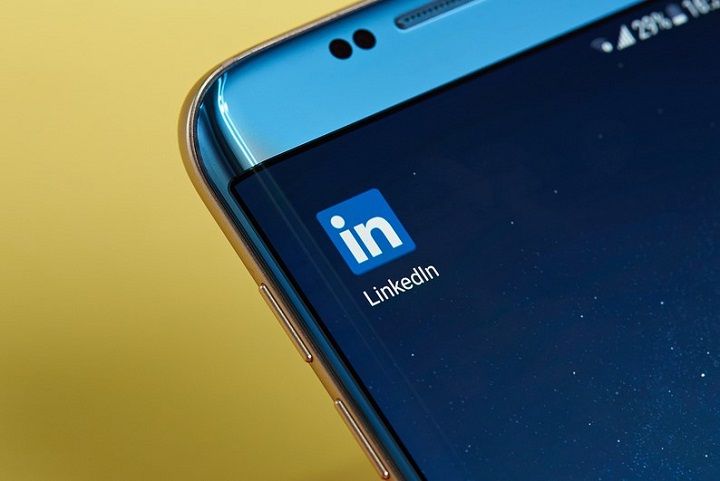What LinkedIn Users Want from Content, the Engagement Obsession, and What Really Matters

LinkedIn recently published an infographic based on research conducted in 2016 to determine how professional audiences engage with content on the professional networking platform. A few things surprised me.
First, I always assumed that influencer content – articles written by the Bransons, Kawasakis and Huffingtons of the world – drove the most engagement. When respondents were asked what content sources they would be most likely to engage with, 51 percent said influencers. That’s a big number.
But…
52 percent said a company or brand. 54 percent said colleagues. And 57 percent said peers.
You don’t have to be Bill Gates to build an audience for your content on LinkedIn.
Personally, I’m more likely to comment on a post written by a peer or colleague with 10 comments than an article written by an influencer with 2,000 comments. I like to think I can bring something worthwhile to the conversation, but I’m not reading through 2,000 comments to find out if someone else already made the same point.
Also, I’m more likely to get a response from the author if that person is a peer or colleague. I can relate to a peer or colleague. They’re in the same boat as me. They have similar challenges. I’m more likely to be able to learn something that I can apply to my business.
Mr. Gates and Mr. Branson are crazy successful and have inspiring stories and advice to share. But when it comes to information that’s relevant to me, I’ll take content from a peer or colleague.
LinkedIn users engage with content because…
- It’s educational or informative (62 percent).
- It’s relevant to them (61 percent).
- They want to stay on top of the latest trends (48 percent).
- It’s inspiring (40 percent).
- It helps with skill development (38 percent).
Most people aren’t on LinkedIn to be entertained. Some people use LinkedIn to sell. More often than not, they fail.
People who use LinkedIn effectively want to build their professional networks. They want to become better at what they do. They want to advance in their careers. They want to make money.
Again, you don’t have to be a household name to get your content noticed on LinkedIn. But you won’t accomplish anything if you don’t share content at all.
And if you want to do more than “get your name out there” , you have to publish something of value, and do it consistently. You have to share content that’s helpful. Content that matters to real people.
This is how you build credibility and position yourself or your company as an expert in your field. This is how you earn someone’s trust and confidence so they’ll either hire you or refer you when the need arises.
About that engagement obsession…
LinkedIn defines engagement as the number of interactions (likes, comments, shares) plus the number of clicks and followers acquired, divided by the number of impressions.
Engagement metrics have value. Engagement shows people are responding in some way to your content. But there are a couple things you should keep in mind about engagement.
The vast majority of content consumers on virtually any platform are passive. They read or skim, but they don’t necessarily like, comment or share. These metrics, for the most part, are somewhat superficial and vastly overrated.
Clicks, likes, comments, shares and impressions are largely about instant gratification. But how are they helping you achieve your business and marketing goals?
Don’t get me wrong. I love LinkedIn. I get a lot of business by sharing my own original content on LinkedIn. This part of my post is about engagement, not LinkedIn or any platform.
Engagement metrics only begin to have meaning when you’re able to tie them to leads, conversions and dollars. These are the metrics that matter. They also take time to develop.
For example, I’ve had three clients contact me about my services and eventually hire me after subscribing to my blog more than a year earlier. I earned that business by consistently sharing content that was valuable and relevant to these people, not by accumulating likes and comments.
Could you imagine if I evaluated the effectiveness of my blog based on the “engagement” of individual posts? I hate clichés, but it’s a marathon, not a sprint.
Don’t get hung up on likes, comments and shares. Use them to expand your reach and identify influencers and referral partners, but don’t mistake them for the Grand Poobah of success measurement. Those are sprint metrics.
Invest in a mix of evergreen and timely content that positions you for success over the long haul. That’s how you get beyond engagement and generate leads, conversions and dollars. These are marathon metrics.
It can be a grueling race, but it’s one worth running.
Subscribe to my blog to receive insights and commentary about copywriting and marketing.
SIGN UP FOR MY BLOG
Thank you for subscribing to my blog!
Oops, there was an error sending your message. Please try again later.
I love testimonials, but only real-world, unfiltered client feedback tells the whole story.
© Scott McKelvey Consulting, LLC. All Rights Reserved. | Privacy Policy | Accessibility Statement

